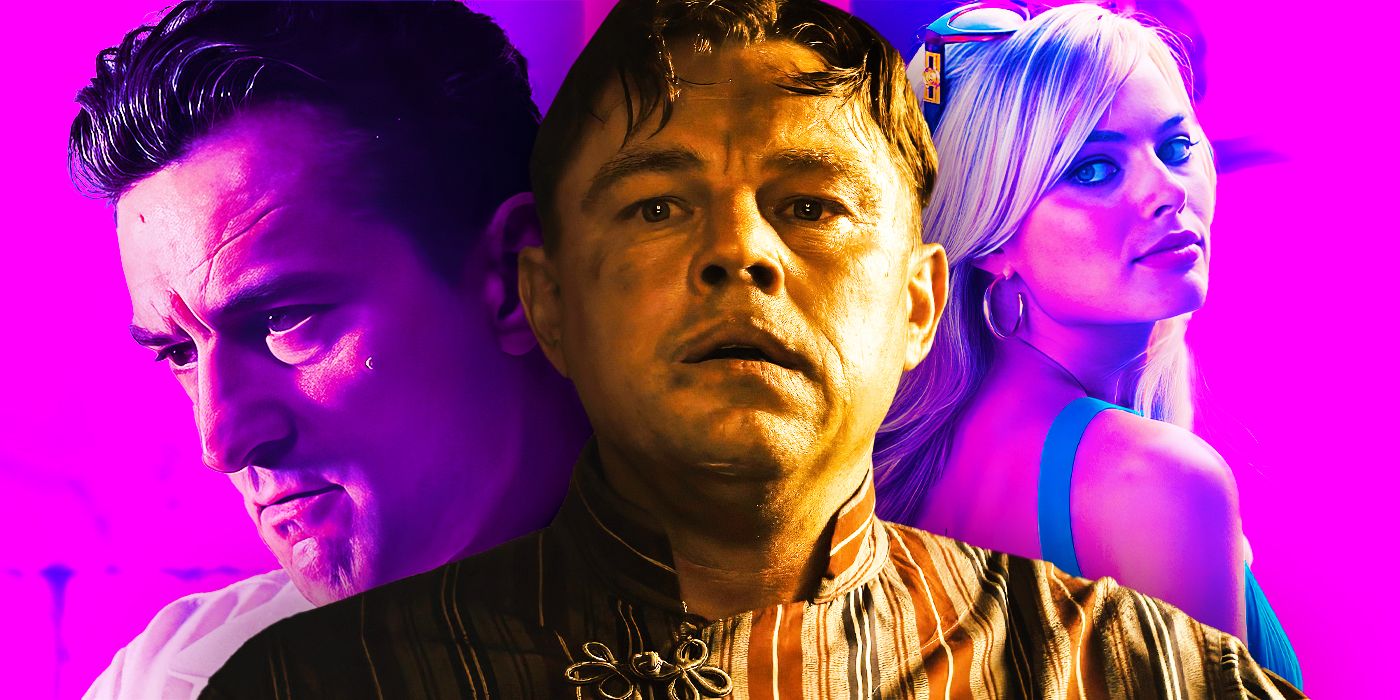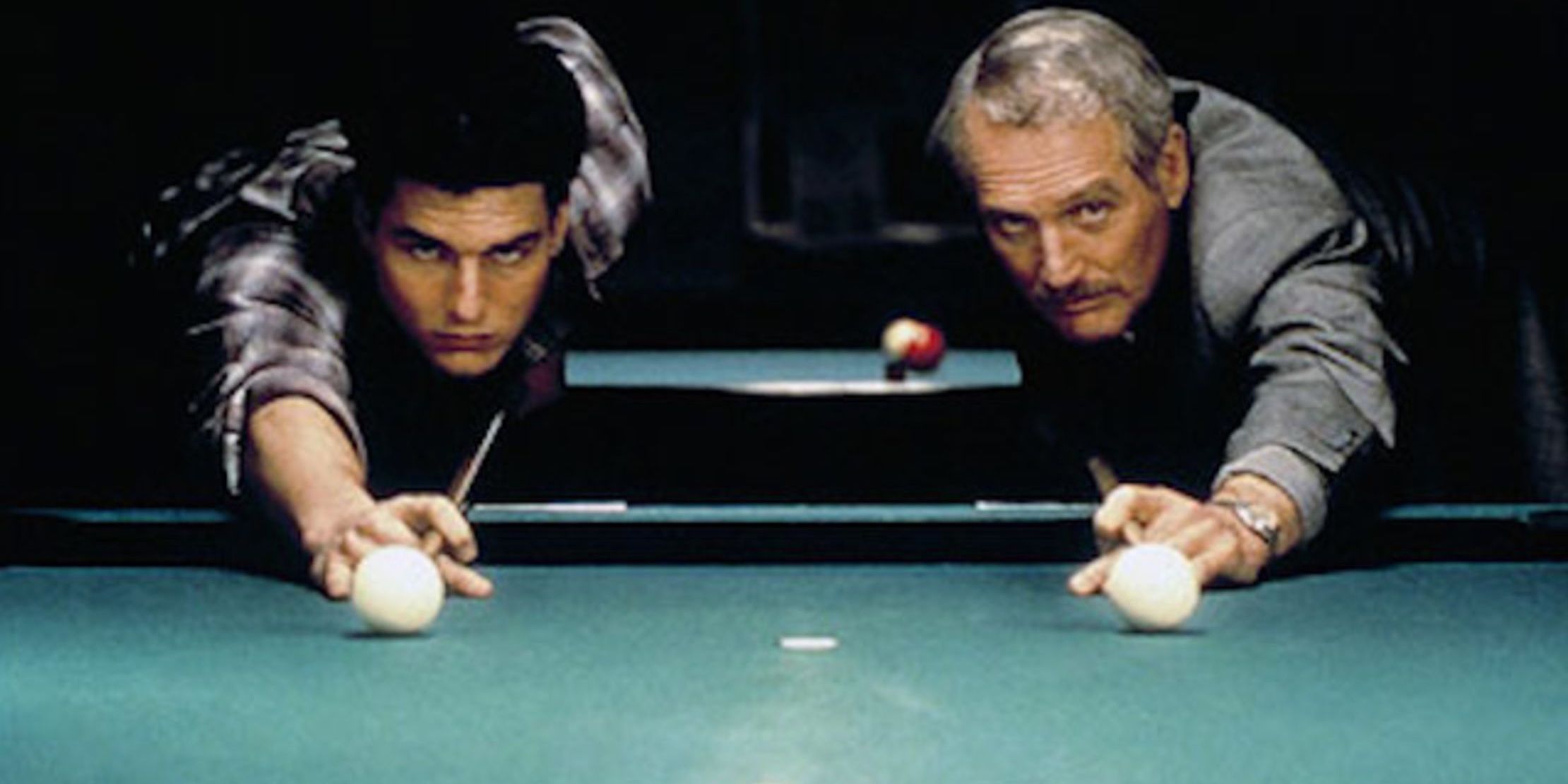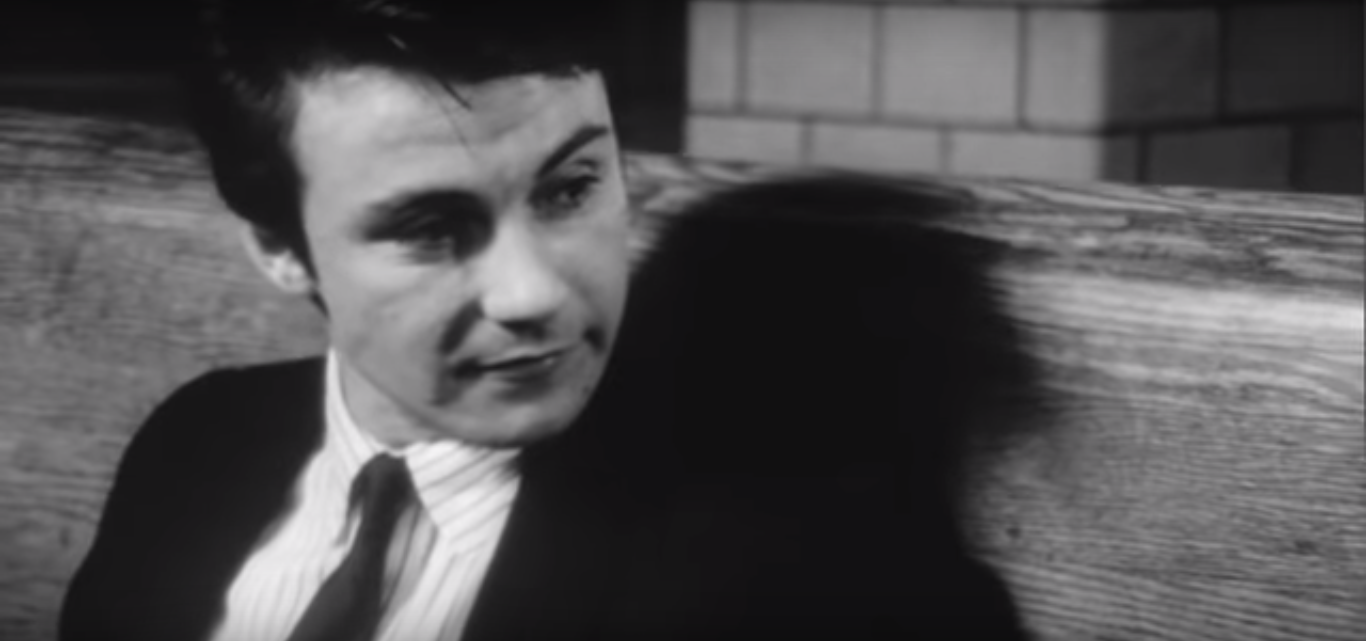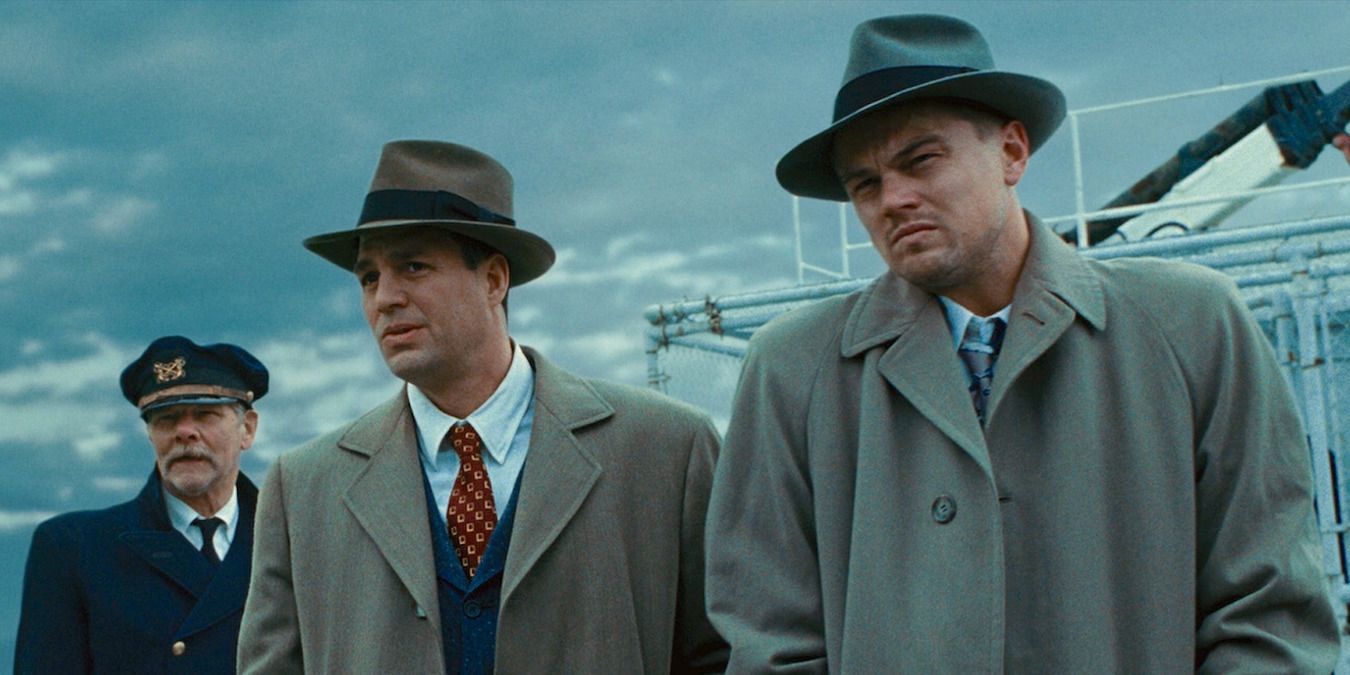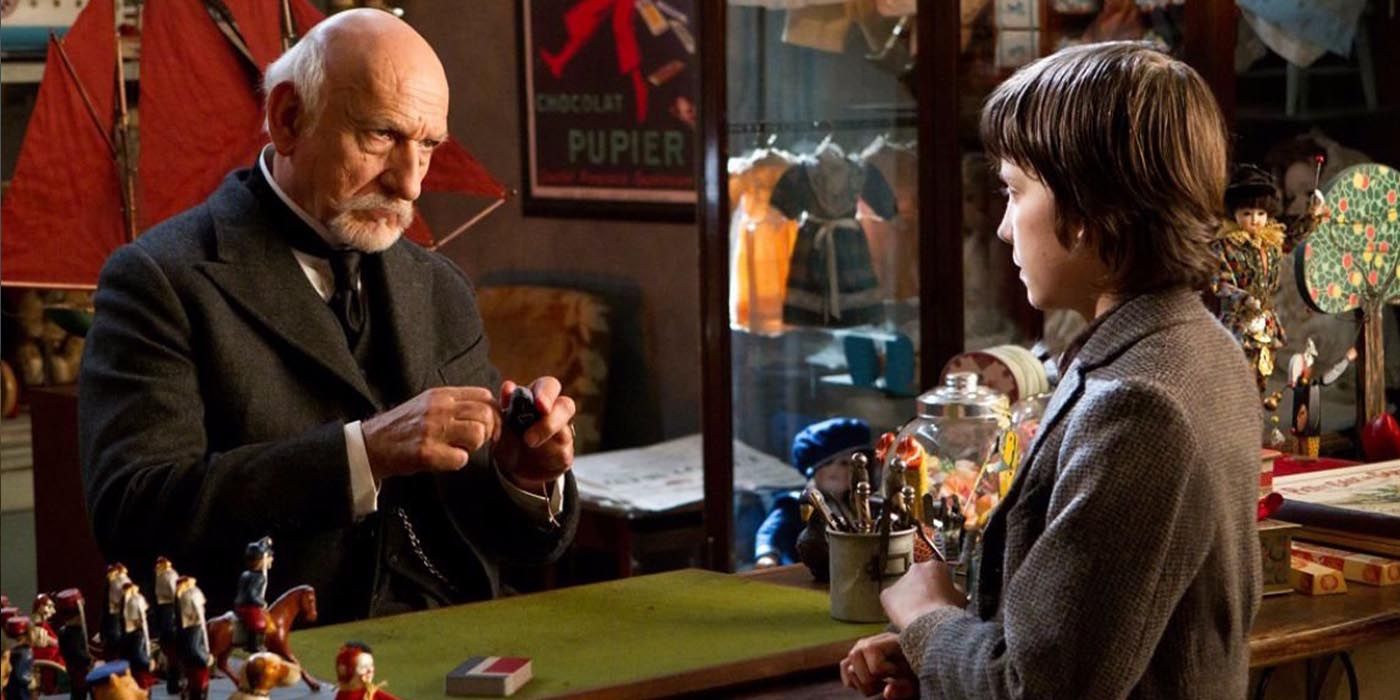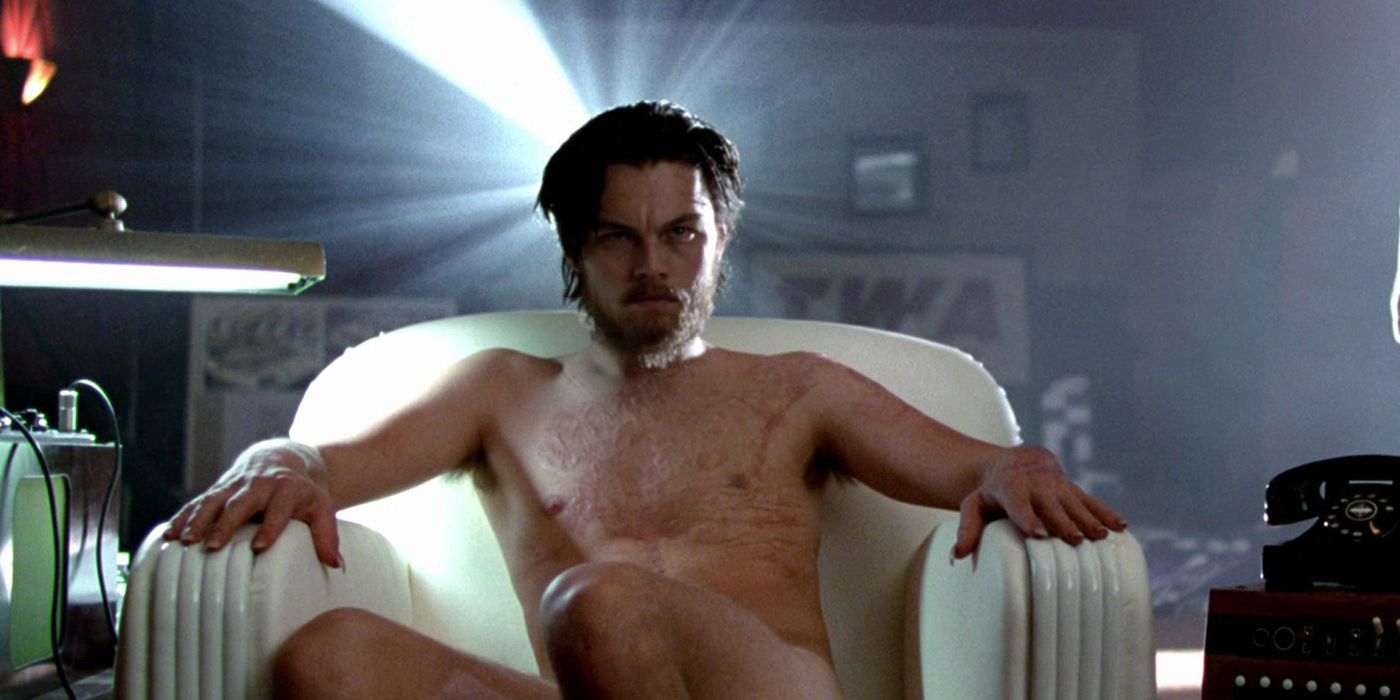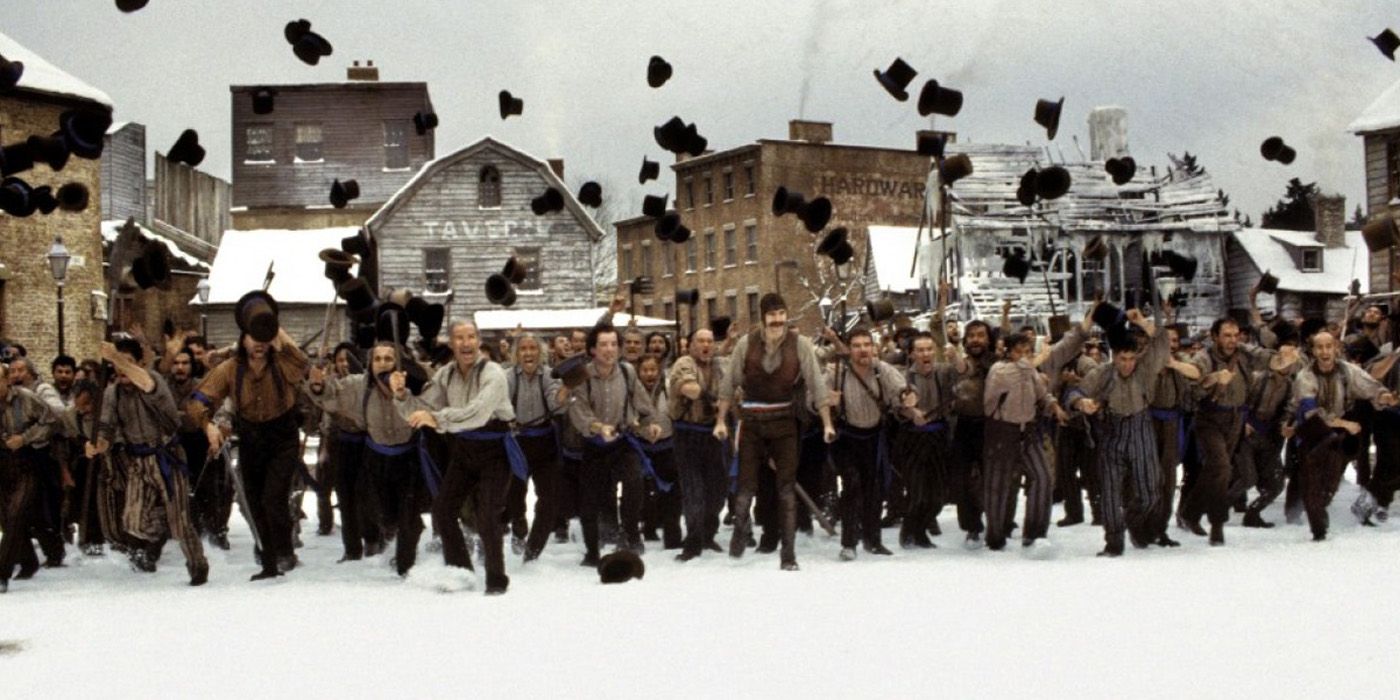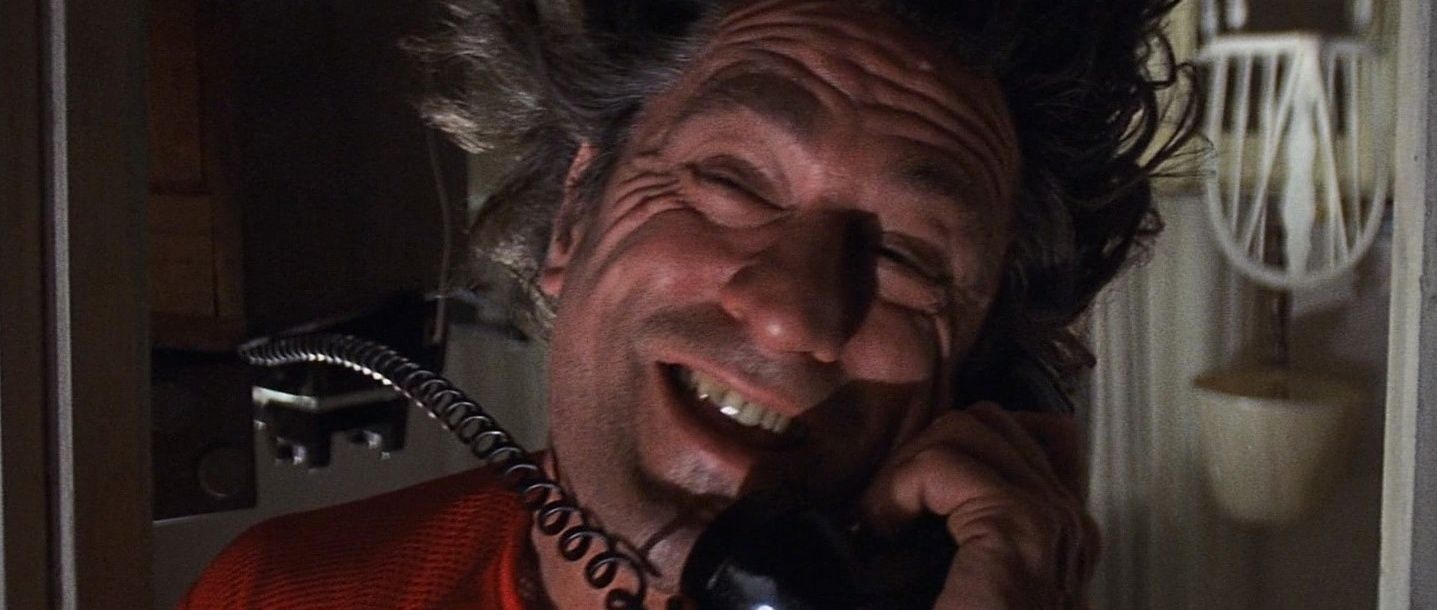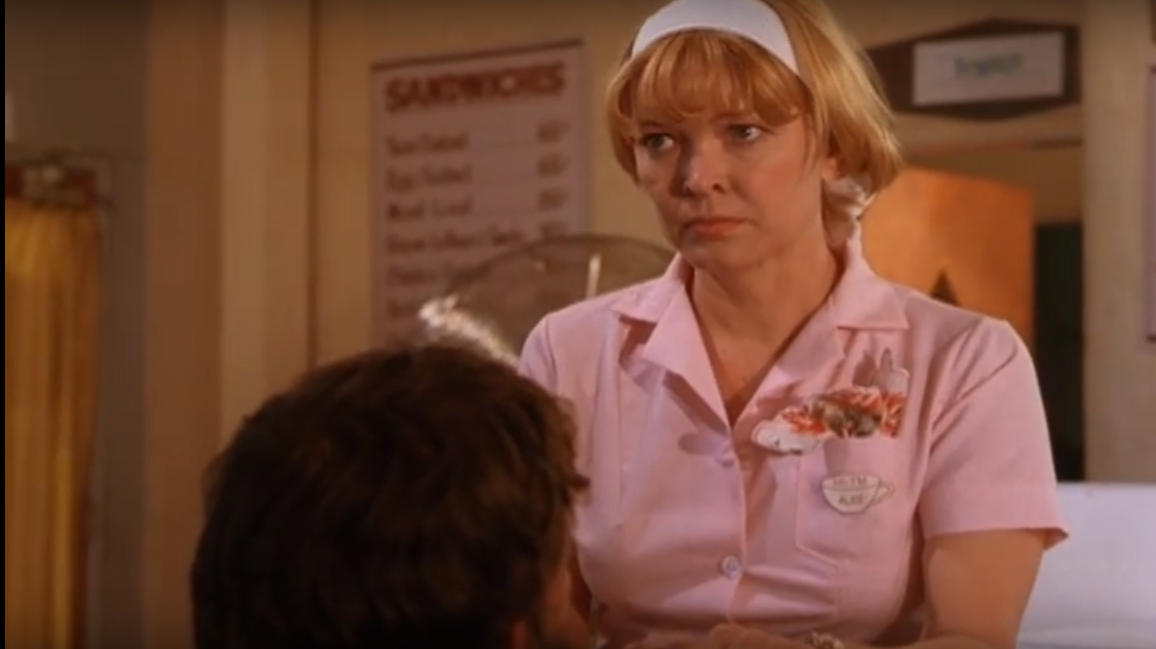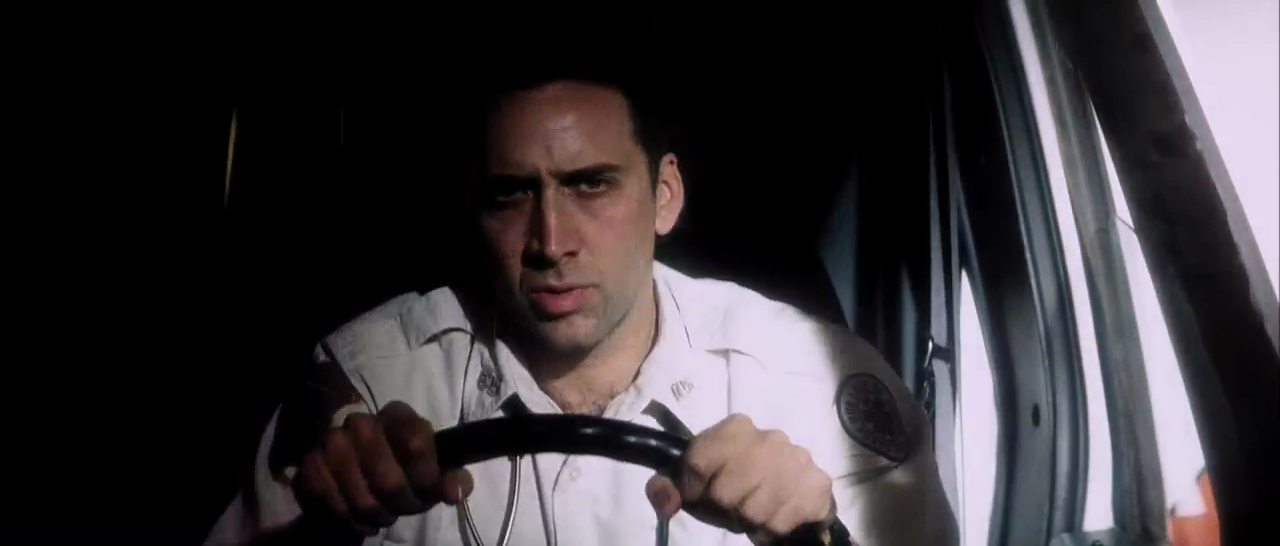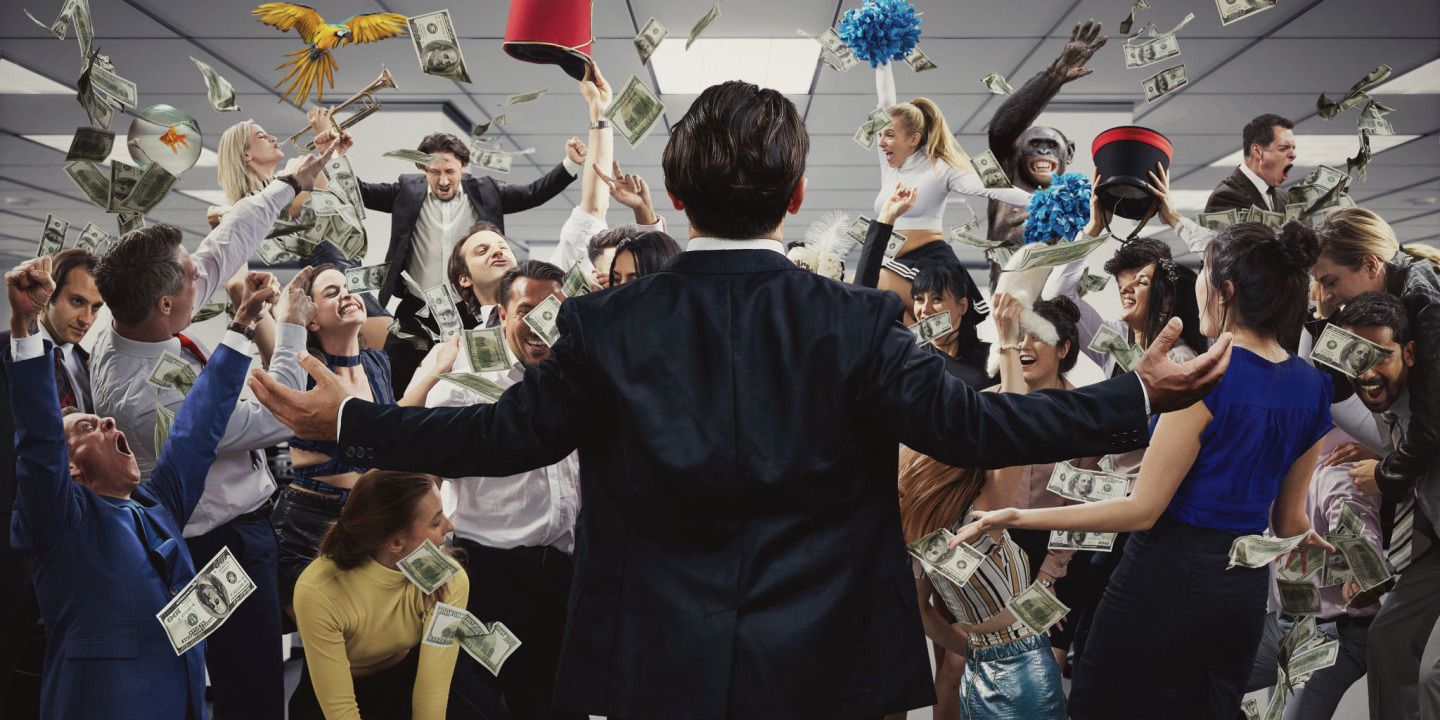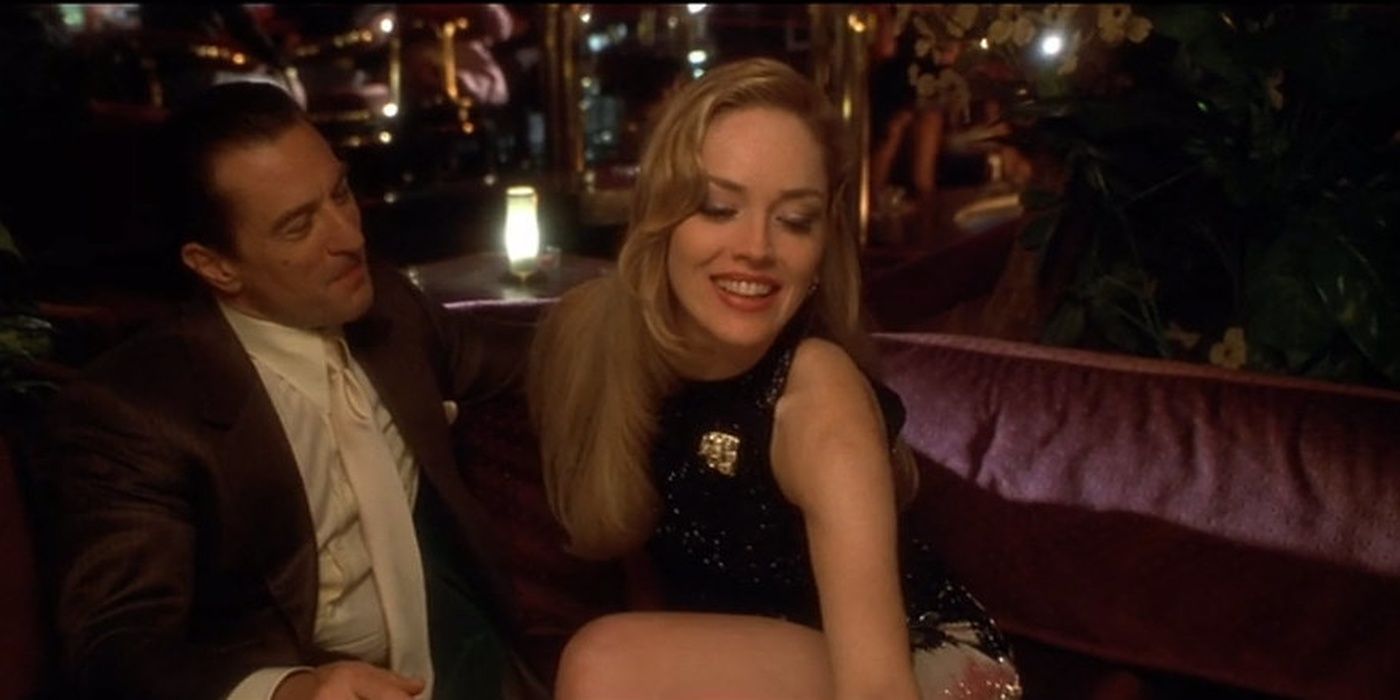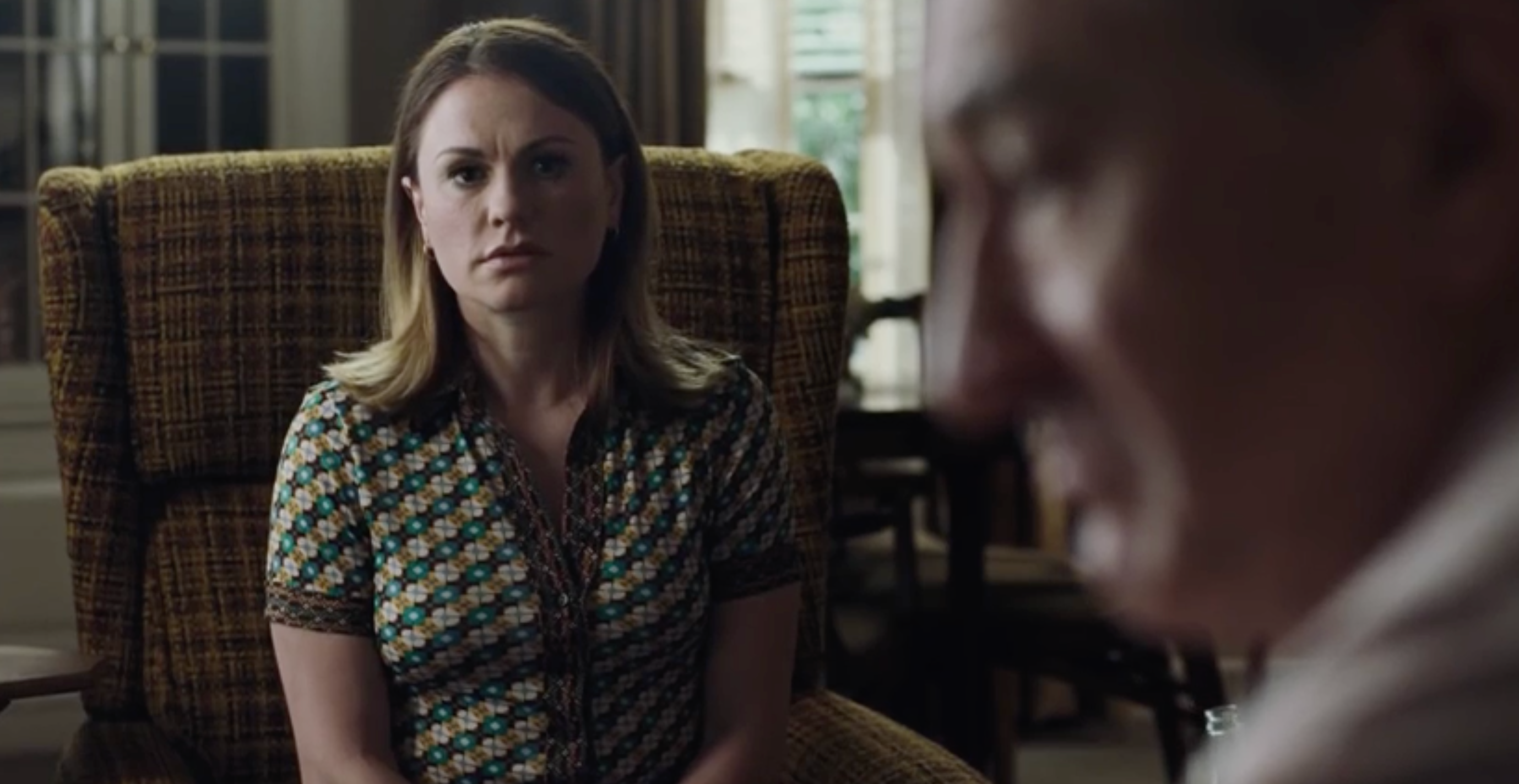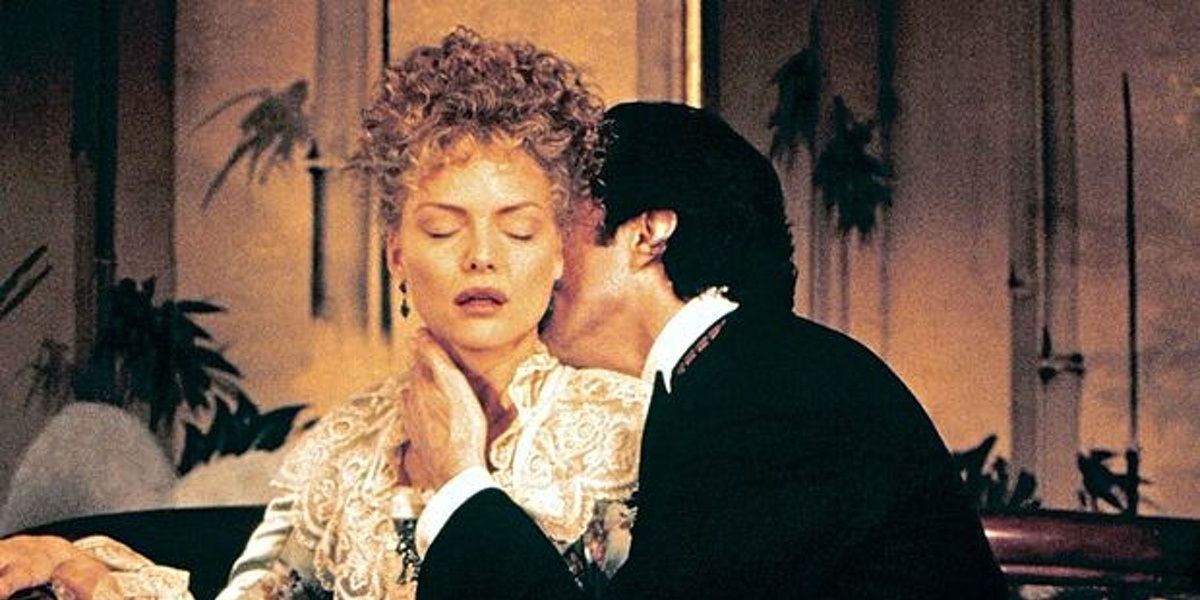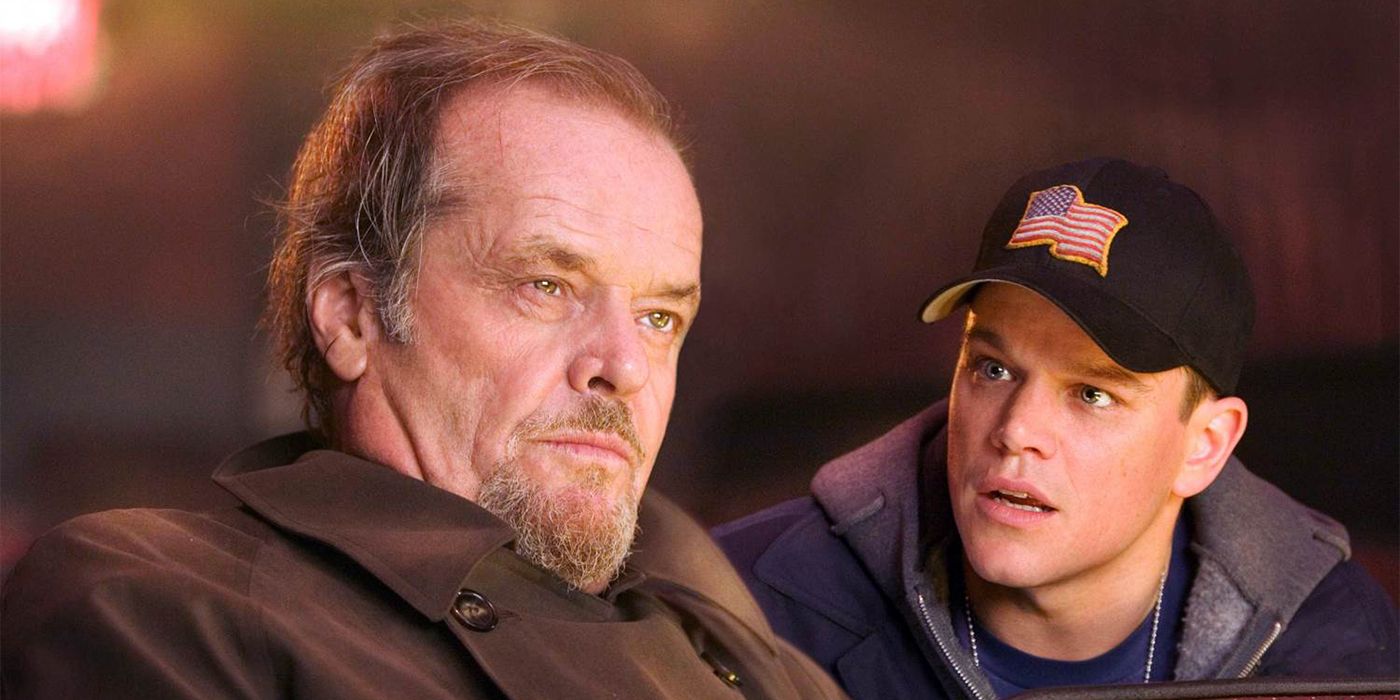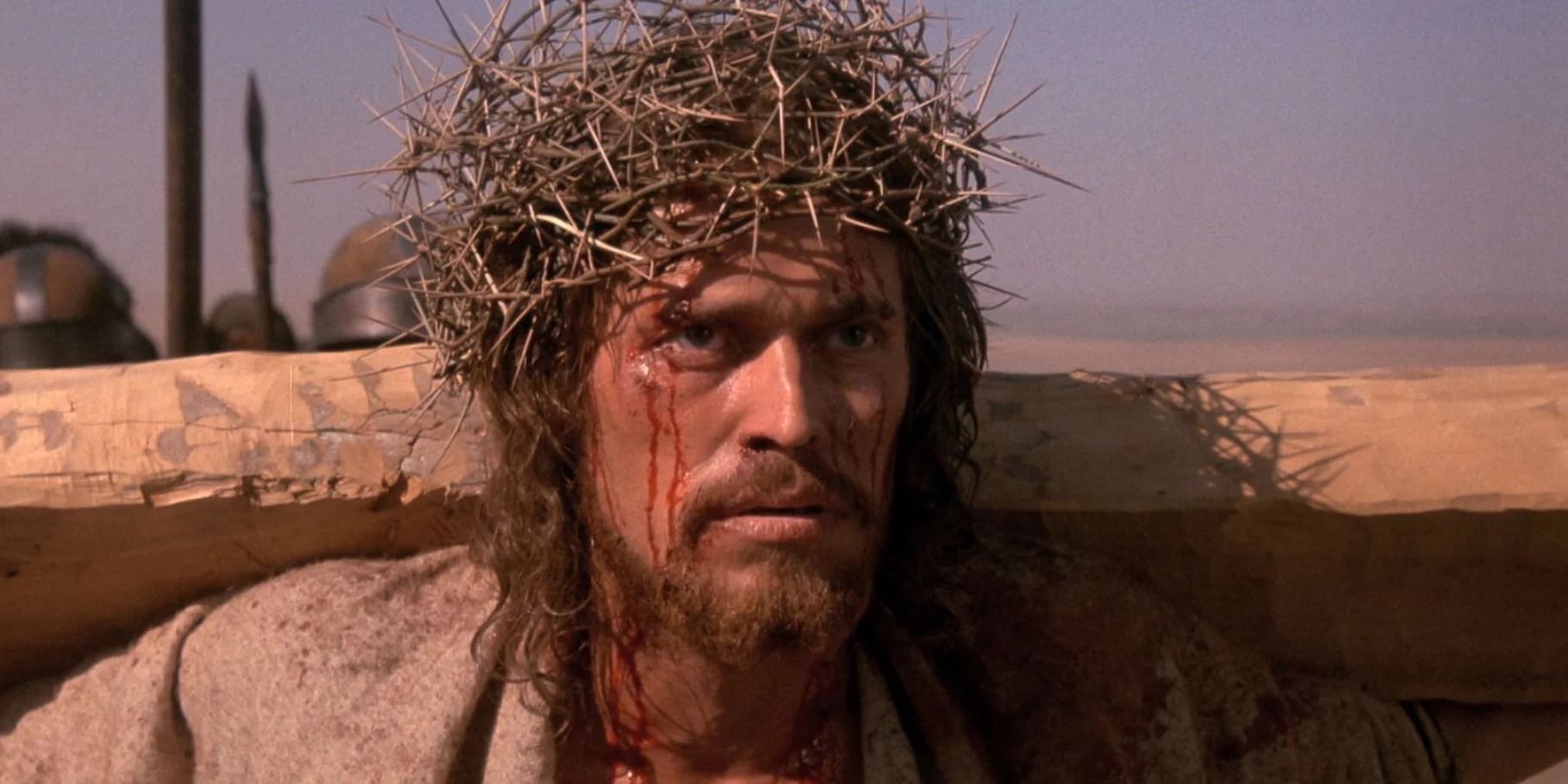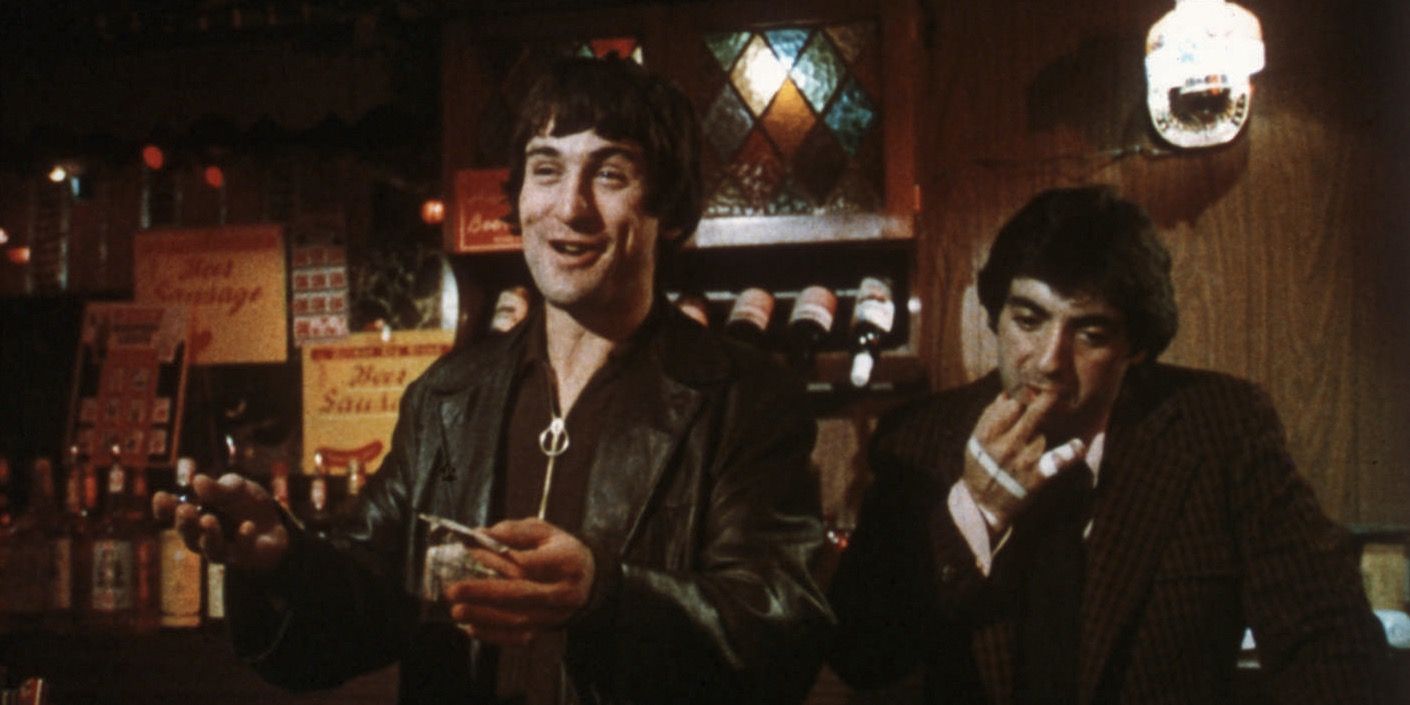Summary
- Martin Scorsese’s movies span a wide range of themes, styles, and genres, showcasing his often-overlooked versatility as a director.
- While he has never made a truly terrible film, some of his early works like “Boxcar Bertha” and “New York, New York” demonstrate a director still finding his footing.
- Collaborations with Leonardo DiCaprio, such as “Shutter Island,” have yielded commercial success, but may lack the emotional depth and personal touch of Scorsese’s best works.
Martin Scorsese has had an astounding career, and his movies ranked worst to best bring together some of cinema’s finest. Over the course of fifty years, few directors have defined American cinema so thoroughly and indelibly. The New York kid who previously considered becoming a priest before forming part of Hollywood’s post-studio system new wave of auteurs is one of the most instantly recognizable directors working in the business today. Having won practically every major film award possible on top of Martin Scorsese’s many Oscar nominations, his influence over Hollywood cannot be overstated.
The longevity of his directing career has put him in the fascinating position of never having made a truly terrible film, something that few of his contemporaries, such as Spielberg and Francis Ford Coppola, can claim for themselves. With over 25 features (which does not include any of his documentaries), Scorsese has shown his oft-overlooked range in theme, style, and genre, moving gracefully from the stylistic bombast of the gangster movie to the quiet dignity of period drama. That continued experimental nature of the auteur means ranking Martin Scorsese’s movies becomes quite the challenge with each new potential masterpiece.
26 Boxcar Bertha
Gene Siskel famously referred to Boxcar Bertha, Scorsese’s second film, as a “trashy movie” that “does not shock [but] merely depresses.” He’s not wrong: It is pretty trashy, but it’s also somewhat expected from the pairing of 28-year-old Scorsese with legendary B-movie titan Roger Corman. Scorsese’s clearly having a lot of fun with this vague Bonnie and Clyde rip-off, but it’s also a director still working with the training wheels on. He had yet to iron out the creases and take on these themes with the level of skill and ambition that becomes clear later on in his work.
25 The Color of Money
In 1986, it was something of a surprise to see Scorsese of all people directing a sequel, much less one for a film he didn’t even make himself. Still, The Color of Money is perfectly entertaining as Tom Cruise and Paul Newman made an endlessly charismatic duo, but it’s also clear that Scorsese’s personal touch is light from this project. The film mostly existed as a way for Newman to finally win his Best Actor Oscar after decades of snubs, and fortunately, it did just that. This is Scorsese more as a hired studio hand than an auteur, which puts it further back in ranking the legendary director’s filmography.
24 New York, New York
New York, New York was a curious choice for Scorsese, and it’s clear that his ambitions got the better of him. Robert De Niro plays a small-time saxophone player who falls for a USO singer (Liza Minnelli). Their relationship is messy, obsessive, and often deeply creative. It’s obvious that Scorsese has a deep love for the musicals of classic Hollywood and there are moments of real old-school razzle-dazzle, especially when Minnelli belts those Kander and Ebb songs. Peter Biskind’s book Easy Riders, Raging Bulls claims that Scorsese’s cocaine addiction and difficulties in dealing with the often improvised dialogue were what sank the film outside a few brief magical moments.
23 Who’s That Knocking at My Door?
Filmed over the course of several years, Who’s That Knocking at My Door was Scorsese’s cinematic debut, originally starting life as a student short film. From the beginning, many of his favored themes as a storyteller are present, including the Catholic Italian-American male experience in New York City. Harvey Keitel plays J.R., a young man floating through life who then falls for a beautiful girl with a terrible secret. As it stands, Who’s That Knocking at My Door is not the greatest directorial debut in American cinema, but it’s still a top-notch calling card for a talented guy with a bright future ahead of him.
22 Shutter Island
For much of the 21st century, Scorsese’s most prominent collaborator has been Leonardo DiCaprio. Their movies together have given the director some of his highest-grossing works as well as a new partnership to rival that of the one he has with Robert De Niro. Shutter Island is the weakest of the Martin Scorsese and Leonardo DiCaprio movies, although it is not without immense ambition and memorable chills. Based on a book by Dennis Lehane, Shutter Island features an enviable all-star cast that includes DiCaprio, Mark Ruffalo, Max von Sydow, Michelle Williams, and Jackie Earle Haley.
This mind-twisting story of a traumatized U.S. Marshal called into a hospital for the criminally insane to investigate a missing patient has some truly terrifying moments. The ultimate reveal in Shutter Island‘s ending still holds up years later, and it is undoubtedly fun to see Scorsese bring his talents to a horror-thriller like this. But, the movie is also emotionally distant in a way Scorsese typically avoids. This is the director throwing everything at the wall to see what sticks to mixed results.
21 Hugo
Many of Scorsese’s films act as love letters to the history of cinema and nowhere is that more evident than in Hugo, his first real array into family-friendly entertainment. Kids may not have been as dazzled by this immersive journey into the world of pioneering filmmaker Georges Méliès, but Hugo is Scorsese at his most heart-warming and earnest. There are scenes where he goes full-on Spielberg with the emotions! Alas, what makes the film stumble is Scorsese seems to occasionally forget it was supposed to be, first and foremost, a kids’ film and he allows himself to be a tad overindulgent with his Méliès fandom.
20 The Aviator
For many months in 2004, Hollywood was convinced The Aviator, Scorsese’s biopic of Howard Hughes, would be the one that finally cinched him that long-sought-after Best Director Oscar. It’s not hard to see why The Aviator attracted such attention. It’s easily one of his most conventional movies and the one that seemed tailor-made for a particular brand of middle-of-the-road industry prestige. Fortunately, the story gives Scorsese plenty of opportunity to show off his rich array of skills, all while showing off in the playground of old Hollywood.
Hughes is a perfect match for Scorsese, a deeply difficult but brilliant figure whose hubris and demons quickly got the better of him. The Aviator is at its best when, as the title suggests, Scorsese lets rip with the astounding flying scenes. The scene where Hughes crashes his plane through Beverly Hills during a test flight gone wrong may be one of the best set pieces Scorsese has ever executed.
19 Gangs of New York
It’s always better to have too much ambition than not enough, and the best exemplification of that as it pertains to Scorsese is Gangs of New York. The film famously went through some tough behind-the-scenes drama that involved producer Harvey Weinstein cutting an hour from its running time and delaying its release a whole year. Weinstein’s fingerprints are depressingly evident throughout the film, most obviously in the painful miscasting of Cameron Diaz; Scorsese wanted the less bankable but more fitting Sarah Polley for the part.
Still, Gangs of New York is the perfect subject for Scorsese: The battles on the streets of a newly evolving city, involving Catholic-Protestant feuds, Irish immigrant protests, and the gangs of Manhattan’s Five Points. For as messy and often exhausting as the film is, its grandeur and meticulous attention to historical detail make it worth your time. Daniel Day-Lewis is electrifying as William “Bill the Butcher” Cutting, although many of the strong cast struggle with those Irish accents. For all its faults, Gangs of New York‘s ending may be one of the truly perfect moments in Scorsese’s career.
18 After Hours
After Hours sees Griffin Dunne star as a mundane office worker who experiences the night from hell that includes burglars played by Cheech and Chong, a gang of punks, bagel paperweights, and a dead woman. This deeply and darkly funny comedy features a murderer’s row of sinfully underrated actors, including Catherine O’Hara. There’s a wonderful rough edge to After Hours that feels like the work of a much younger and freer director. Although it won Scorsese Best Director at Cannes, After Hours received mixed reviews upon its release. It took a few years for people to rightfully appreciate it as one of the hidden gems in his filmography.
17 Cape Fear
Scorsese is capable of having the lightest of touches but now and then it’s oh-so-satisfying to see him take the restraints off. He does that and then some with his 1991 remake of Cape Fear. He and De Niro giddily embrace their showiest aspects and amp up the tension of the original narrative to new heights. Moreover, Scorsese made a wise but very precarious decision to increase the disturbing undertones of the original, especially in the subplot involving Juliette Lewis. Cape Fear is kind of disgusting but in the best way possible, as Scorsese pushes the right buttons so the moments of true perversity in Cape Fear still shock.
16 Alice Doesn’t Live Here Anymore
In between two of his most deliberately masculine films, Scorsese made a romantic drama about a widow looking for a better life. Alice Doesn’t Live Here Anymore is wonderfully tender but never sands over its more abrasive edges. For a director often accused of being blindly focused on the lives and pursuits of men, Scorsese shows off how exceptionally good he can be in telling a decidedly feminine story that’s unconcerned with appealing to male sensibilities. Ellen Burstyn deservedly won her Oscar for her leading role in this one. Scorsese has the range.
15 Bringing Out the Dead
Bringing Out the Dead is the brainchild of screenwriter Paul Schrader and Martin Scorsese. The pair defined one another’s careers for many years, but Bringing Out the Dead is the dark horse of the pack. Nicolas Cage is in full-on Nic Cage mode here, playing an exhausted paramedic working the graveyard shift on an especially difficult night. It’s a feverish, often horrific journey into hell with moments of pitch-black humor and a kind of invigorating intensity that would easily have fallen apart in anyone else’s hands. Scorsese and Schrader challenge one another more than any of their other respective collaborators.
14 The Wolf of Wall Street
The Wolf of Wall Street is overwhelming, frequently exhausting, and leaves a bad taste in your mouth, and that’s the whole point. The story of Jordan Belfort‘s scheming and scamming is pure excess, a deep dive into greed, hubris, and its ultimately crushing conclusion. The audience is carried away by the first rush of Belfort telling his over-the-top story and cannot help but want a piece of the action, but Scorsese smartly toes a fine line between depicting such alluring possibilities and reminding the viewer of its true cost.
He shows the rot from top to bottom in the tainted ecosystem of Wall Street, one where the rich get richer and everyone else is exploited for every penny. Some have accused the film of glorifying Belfort but more than anything else, The Wolf of Wall Street is utterly damning in its condemnation of this world, the people who get caught up in it, and the institutions of power that allowed it to happen in the first place. This is easily DiCaprio’s best performance too, part grotesque yuppie, part pratfalling clown.
13 Casino
Coming five years after Goodfellas, Casino was unfairly maligned for apparently bearing too close a resemblance to its cinematic forefathers. Sure, this film is a veritable calling card of Scorsese’s gangster movie tropes, but the end product is still one of near-operatic force that stands on its own two feet. Robert De Niro and Joe Pesci reunite in this drama, inspired by a true story, centered on the sleaze of Las Vegas and the mafia-run casinos. What makes Casino especially worth your time is its relentless brutality – violent even by Scorsese’s standards – and the brilliant performance by Sharon Stone, who earned the movie’s sole Oscar nomination.
12 The Irishman
The Irishman feels like a culmination of Scorsese’s entire career. De Niro and Pesci return to the fold for another tale of gangsters, hitmen, and the ultimate hollowness of this way of life. Much has been made about the film’s use of de-aging CGI, which can be used to great effect barring the fact that these younger versions of the cast members still move like older men. However, The Irishman is at its best when it is a movie about old men and their life’s regrets.
Based on the possibly true story of Frank Sheeran, a mob assassin who claims to have been involved in the death of Jimmy Hoffa, the movie is frequently languid, bleakly funny, and steeped in melancholy. Never has a life in the mob seemed so empty and full of pain, devoid of anything remotely glamorous or aspirational. There remains a freshness all the way through The Irishman‘s ending that serves as a reminder to all the younger filmmakers that Scorsese is here to stay and hasn’t lost any of his magic touch.
11 The Age of Innocence
Following on from Cape Fear, Scorsese did a complete 180 turn and decided to adapt Edith Wharton’s 1920 novel The Age of Innocence, and he delivered a startling and elegant piece of work. In what may be one of his most underrated performances, Daniel Day-Lewis plays a gentleman lawyer betrothed to a respectable young lady but who finds himself falling for her scandal-laden cousin. This is a story of forcibly restrained emotions and the price one pays to keep a stiff upper lip for the benefit of polite society. For anyone who insists Scorsese can only make big loud gangster movies, show them The Age of Innocence.
10 The Departed
With this 2006 remake of the Hong Kong film Infernal Affairs, Martin Scorsese finally won his Best Director Oscar. Many film lovers have grumbled that The Departed would be the film to cinch him the statuette, especially since it’s a remake and the kind of film he could make in his sleep. But the exquisite detail and emotional force of this one cannot be faulted. The plot, involving a mafia mole infiltrating the Massachusetts State Police and the officer assigned to deep cover in the Irish mob is like a Swiss watch in terms of its storytelling.
Scorsese fully implants this story in the culture of Boston and its intersections of faith, justice, crime, and identity. Jack Nicholson may ham it up a little but DiCaprio, Matt Damon, and Alec Baldwin give superb performances (with Mark Wahlberg exclusively delivering iconic one-liners) and help build the film’s deeply lived-in atmosphere. If any other director had The Departed in their filmography, it could be their undisputed masterpiece, but Scorsese has set the bar so high for himself that we must leave room at the top for more.
9 The Last Temptation of Christ
Given Scorsese’s penchant for themes of faith and doubt, it’s kind of a surprise it took him as long as he did to make a film about Jesus. Then again, The Last Temptation of Christ was controversial from the moment it was announced, so we can’t blame him for taking his time. Written by Paul Schrader and based on the novel by Nikos Kazantzakis, the film depicts Jesus’s life as he struggles with temptation, doubt, and lust. He knows his fate and what his sacrifice will mean to the world, but he’s also a man who cannot help but yearn for a simple life with all its pleasures.
Many accused Scorsese of sacrilege with The Last Temptation of Christ, particularly relating to the scene where Jesus imagines himself having a loving sexual relationship with Mary Magdalene, but that hysteria overlooked how deeply committed the film is to let Jesus be more than a two-dimensional symbol. He is given a real life and true emotions here, helped along by a stunning performance by Willem Dafoe. The Last Temptation of Christ challenges its viewers to do more than blindly swallow doctrine and witness perhaps the greatest film ever made about Jesus, faith, and love of God.
8 Mean Streets
After he made Boxcar Bertha, director John Cassavetes told Scorsese to go back to the ideas he took on in Who’s That Knocking at My Door. The end result, inspired by things Scorsese saw in his real life, was Mean Streets. De Niro and Keitel play two small-time Italian-American crooks on the margins of the New York mob world. There’s a kind of urgency to Mean Streets that has kept it fresh for decades and never loses its heart-breaking emotional center. De Niro and Keitel’s chemistry, coupled with their deftly layered and fully formed characters, feels like the end result of decades of collaborations rather than the first time.
7 The King of Comedy
The King of Comedy feels decades ahead of its time as a scathing take-down of celebrity worship and the hypnotic evils of the American entertainment machine. The King of Comedy is prickly, often deeply uncomfortable, and frustrating in ways that many dismissed as pointless. However, there is something utterly impossible to ignore about The King of Comedy in how it shows broken people and the ways they cling to the manufactured joys of celebrity to survive. There’s a lot of Billy Wilder in this film, especially in its unrelentingly bleak take on American society, which may be why audiences were so turned off from it when it premiered.
